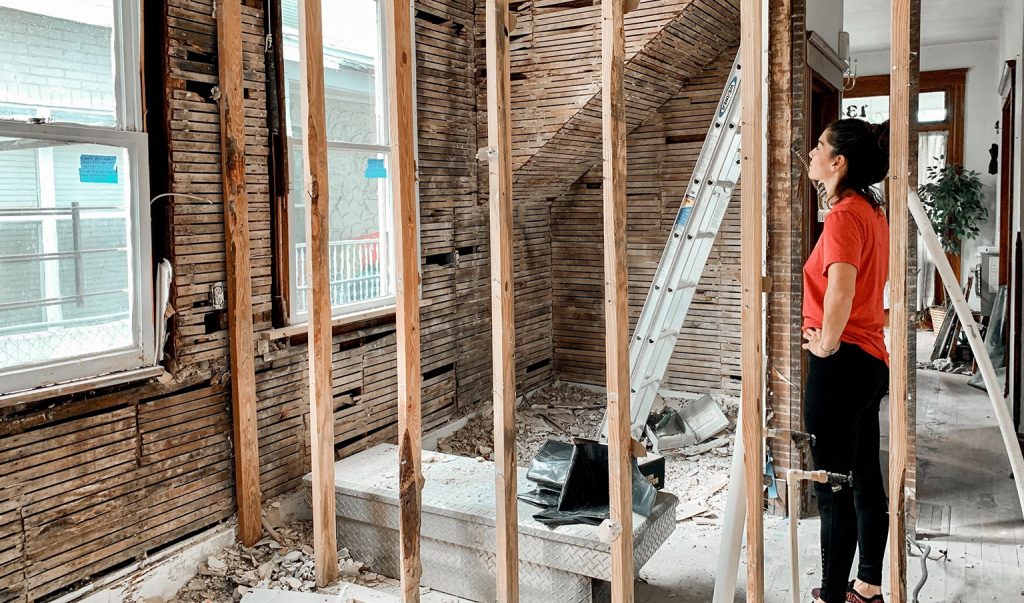7 Steps To Deliver Quality In Your Construction Business
One of the most important areas for any business is managing
the quality of what it produces.
In construction, the end product handed over to a customer is the result of many smaller decisions that happen along the journey from idea to design and finally, reality.
Poor quality can have massive effects on all aspects of a project. From having to repair or manage ongoing defects to larger-scale delays, cost blowouts, legal implications, and finally a lack of client satisfaction with the project.
But these are all headaches that can be easily avoided by having a clear and simplified approach to managing quality. So how can a business ensure they maintain a consistent level of quality from start to finish? Here are a few simple ways.
Define Quality
Whether a project is a small renovation to a multi-million dollar infrastructure project it’s important to take the time to clearly define the level of quality and requirements of the project from the beginning so that the project team understands clearly what the expected level is, and how to achieve it.
This is achieved by outlining expectations throughout the design and contract documents and then monitoring them throughout the project. Getting it clear from the very start saves a lot of time and frustration over the length of a project.
Make a Commitment
A commitment to quality should come from the very top and be reinforced throughout the project team. It has to be seen as a non-negotiable goal for an organisation, or the team will feel like it’s not a high priority when pressures like time and cost are also competing. A commitment to quality isn’t just a piece of paper or a ticked box, it’s seen in the actions, behaviours, and processes that a business and its people commit to every day.

Stick to the Project Requirements
Once quality criteria are defined it takes accountability and discipline to stick to them.
There will always be aspects on any project that change or alter along the way, but any changes should be aligned with the overall quality goals and balanced with the project’s time and cost requirements.
There’s no need to make overly costly or time-consuming additions to a project if they aren’t providing a benefit to the customer and don’t meet the initial quality brief. It’s up to the project team to constantly be mindful of this balance and make the necessary adjustments with the clients’ interests in mind.
Manage Quality Systematically
Managing quality is all about consistently delivering what you say you’re going to deliver.
Repeating that process again and again on different projects requires an approach that can be easily repeated but also adjusted to your business’s needs. A quality management system including all of the processes and procedures to follow to manage your specific risks and meet the client’s expected level of quality at every step along the journey is the best way to plan and manage quality when delivering projects.
Perform Quality Assurance
Delivering quality means auditing your own processes to look at how well the team is sticking to the plan, following the processes, and meeting client expectations. Things won’t always run to plan and there can always be improvements in any system. This is why an approach of continual improvement toward quality management processes and procedures is important, it’s a non-stop cycle of planning, doing, checking, and acting with any improvements integrated back into the system.
Find the Lessons Learned
Part of quality assurance is making sure that lessons learned in each project phase are incorporated back into the business and used to improve processes moving forward. Lessons learned can come from any area of a project, there is no process too big or small – what’s important is that these lessons are captured, brought to everyone’s attention, and evaluated so that new ideas and improvements are translated back into future projects.

Project De-Brief
A debrief digs into the detail of why something happened (or didn’t happen) on a project. It’s a great opportunity to investigate where something like a process or a design went right or wrong and where things can be improved. An open constructive project de-brief with a project team and client helps improve the quality of projects and processes over time, providing consistent results that exceed their expectations.



